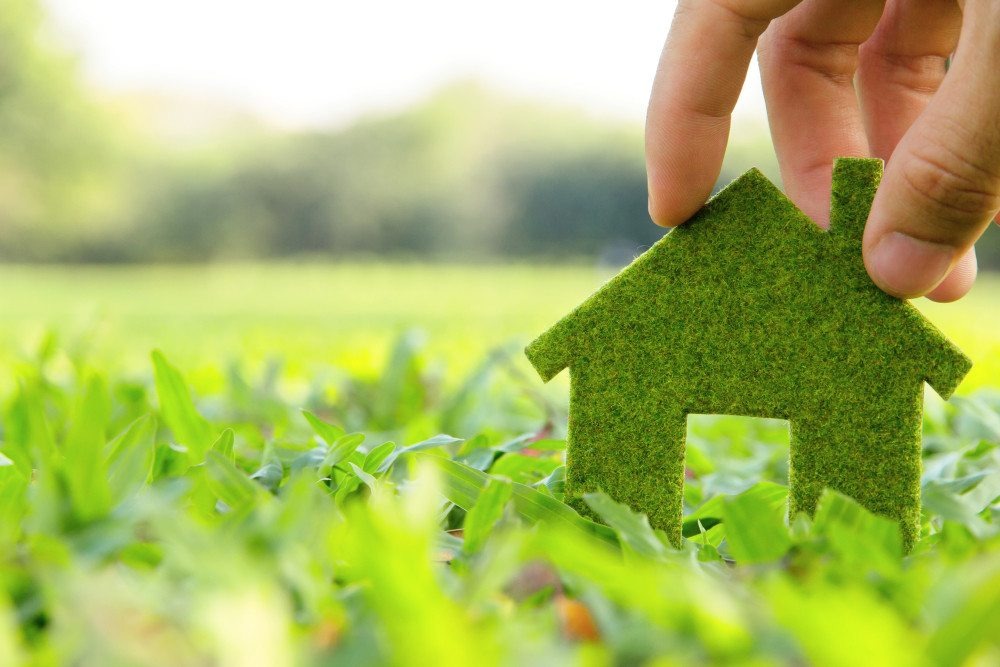Introduction:
In today’s rapidly changing world, where climate change, pollution, and deforestation have become prominent global issues, many individuals are opting to embrace green living. Green living refers to adopting a lifestyle that prioritizes environmental sustainability, helping to reduce the overall carbon footprint and conserve natural resources. It’s a conscious choice to make decisions that benefit the planet while maintaining personal well-being.
Understanding Green Living:
Green living involves making sustainable choices in various aspects of daily life, from the food we consume to the products we use and the way we interact with our environment. This lifestyle emphasizes reducing waste, conserving energy, and minimizing our environmental impact. It’s about living in harmony with nature and recognizing the interconnectedness between human actions and the planet’s health.
The Core Principles of Green Living:
- Reducing Waste: One of the fundamental aspects of green living is waste reduction. This includes recycling, composting, and reusing products whenever possible. The goal is to minimize the amount of waste that ends up in landfills, thereby conserving resources and reducing environmental pollution.
- Energy Conservation: Another critical area of green living is reducing energy consumption. This can be achieved through simple actions like using energy-efficient appliances, turning off lights when not in use, and embracing renewable energy sources like solar or wind power.
- Sustainable Transportation: The way we get from place to place significantly impacts the environment. Opting for public transport, cycling, or walking instead of driving personal vehicles can greatly reduce carbon emissions. For those who need to drive, choosing electric or hybrid cars is a more eco-friendly option.
- Supporting Ethical and Sustainable Brands: Green living involves being mindful of the products we purchase. This means supporting companies that prioritize sustainability in their production processes, use eco-friendly materials, and ensure fair labor practices. By making informed purchasing decisions, we can help shift the market towards more sustainable practices.
The Benefits of Green Living:
Living a green lifestyle offers numerous benefits, both for individuals and for the planet as a whole. By making conscious choices, we can:
- Reduce our environmental footprint and mitigate climate change.
- Save money on energy bills and household products by investing in energy-efficient appliances and sustainable alternatives.
- Improve health and well-being by consuming organic foods and reducing exposure to harmful chemicals and pollutants.
- Foster a sense of community and responsibility towards the planet, creating a more sustainable and harmonious society.
Green Living in the Home:
A home is one of the most significant contributors to our carbon footprint. There are several ways to make your home more sustainable:
- Eco-Friendly Home Renovations: Consider using sustainable materials, such as bamboo, recycled wood, or low-VOC paints, when renovating your home. Installing solar panels and energy-efficient windows can significantly reduce energy consumption.
- Water Conservation: Installing water-saving fixtures, such as low-flow showerheads and toilets, and reducing water waste in the garden by using rain barrels are effective ways to conserve this precious resource.
- Indoor Gardening: Growing your own herbs and vegetables at home can significantly reduce your reliance on store-bought products, which often come with excessive packaging and long transportation distances.
Green Living and Diet:
The food we eat is another area where we can make eco-friendly choices. Embracing a plant-based diet can significantly reduce your environmental impact, as animal agriculture contributes to deforestation, water depletion, and greenhouse gas emissions. Additionally, buying locally grown and organic foods reduces the carbon footprint associated with long-distance food transportation and pesticide use.
Challenges of Green Living:
While green living has countless benefits, it can also come with challenges. Sustainable products may sometimes be more expensive, and there might be fewer options available depending on where you live. Additionally, changing established habits and routines can be difficult, but the long-term rewards make the effort worthwhile.
Conclusion:
Green living is an essential step towards creating a sustainable future for generations to come. By making small but impactful changes in our daily lives, we can help preserve the planet and foster a healthier, more conscious society. The journey toward green living is a shared responsibility that requires collective action, but it starts with individuals making mindful, eco-friendly choices.
